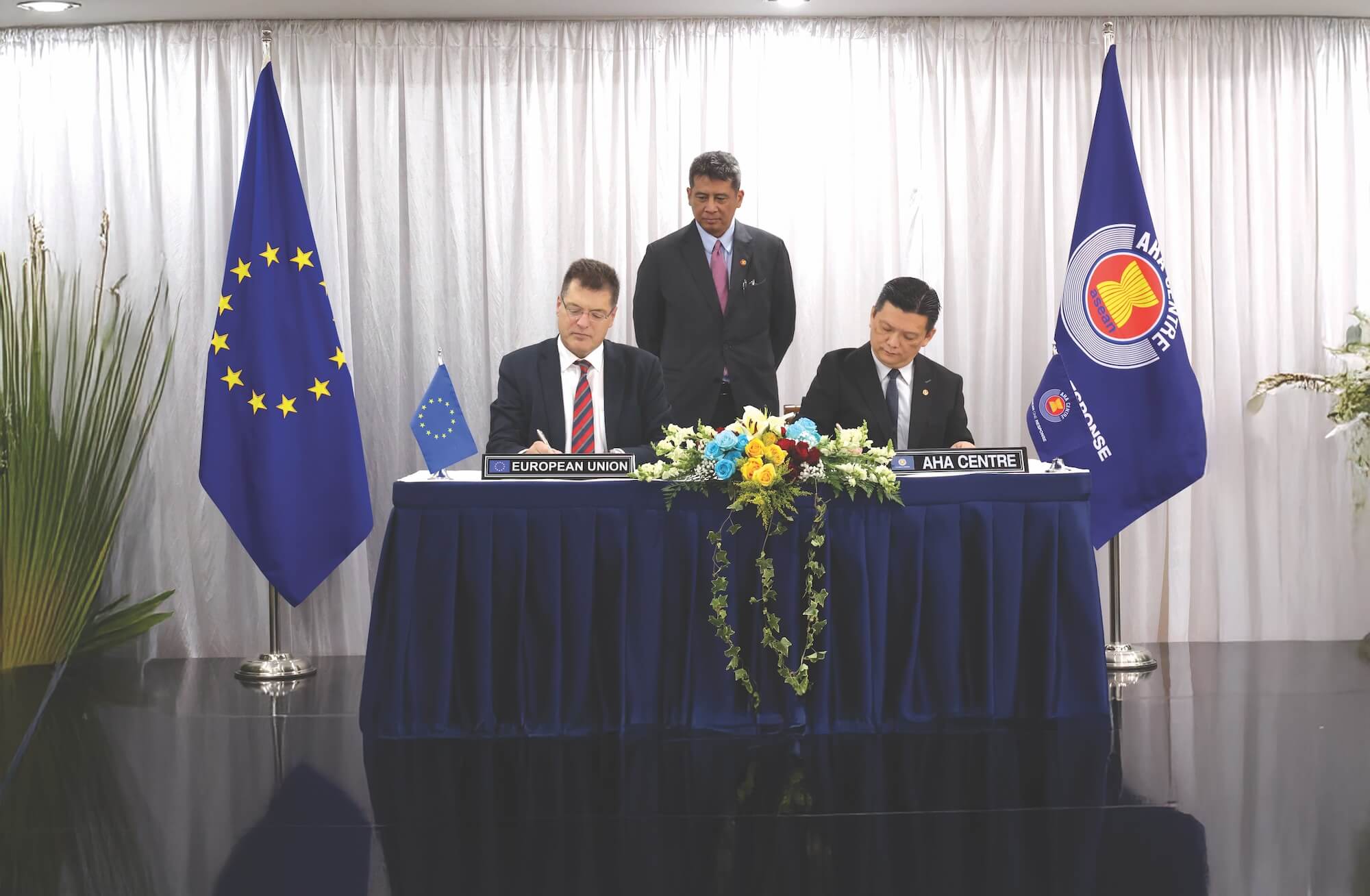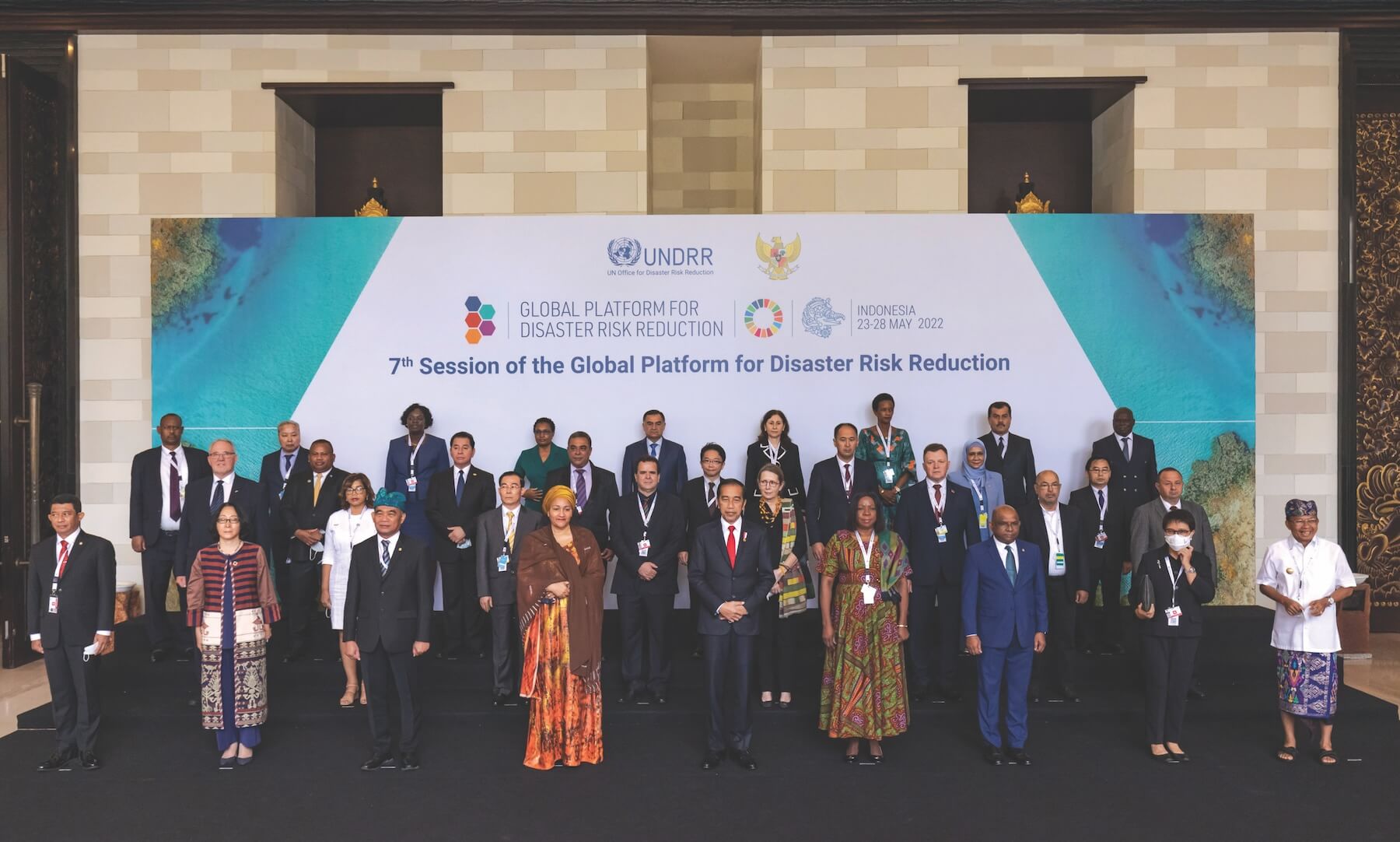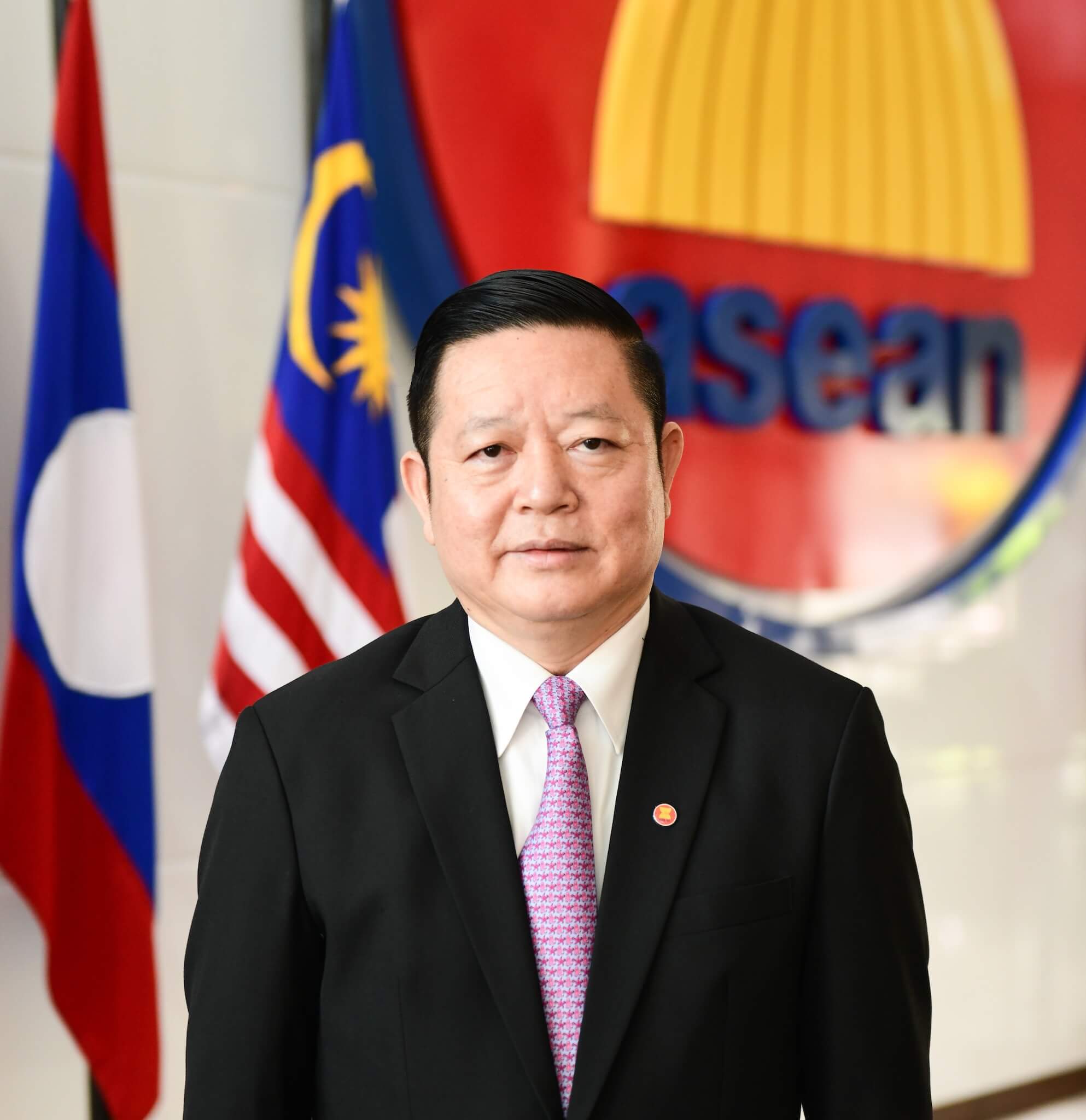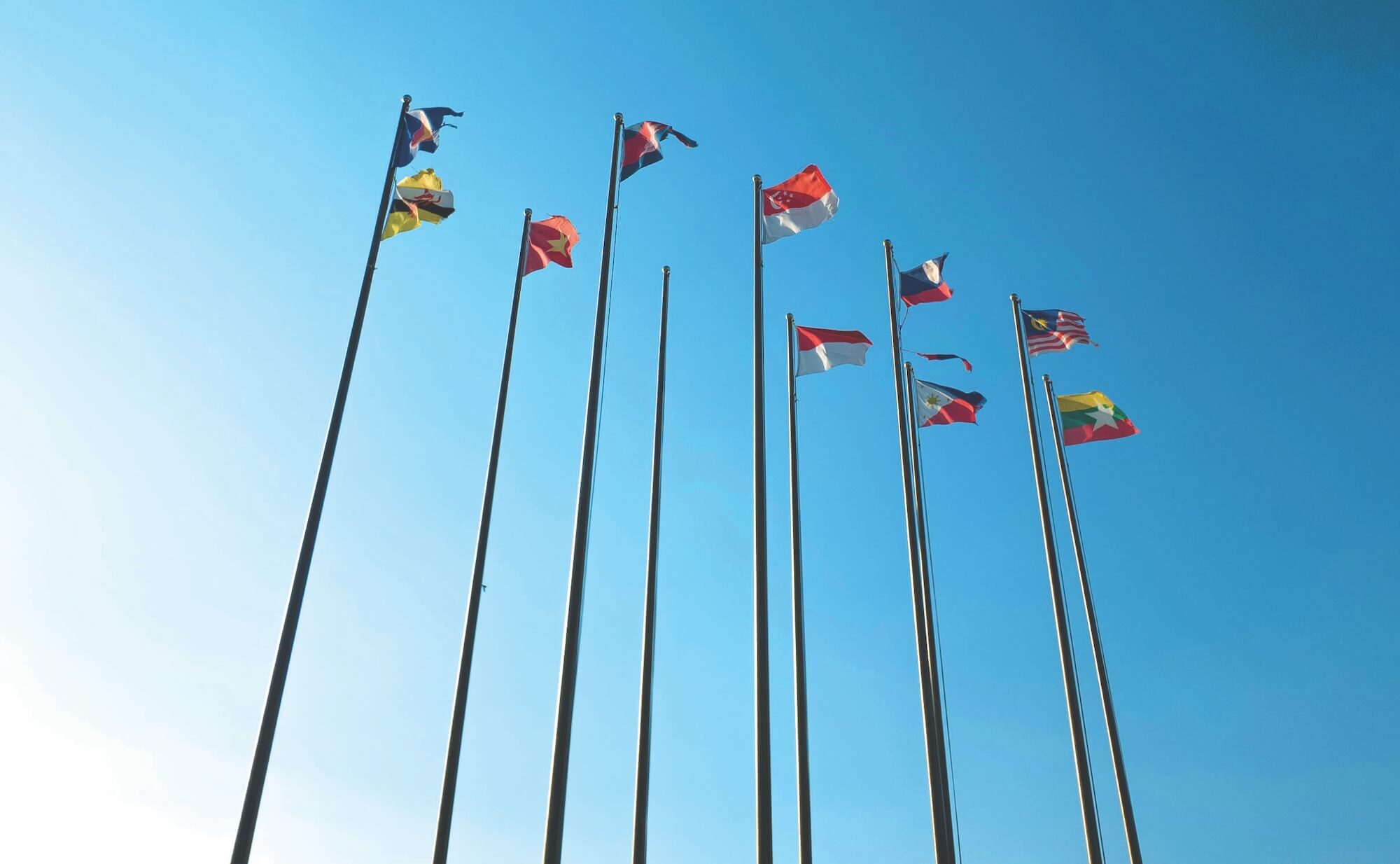



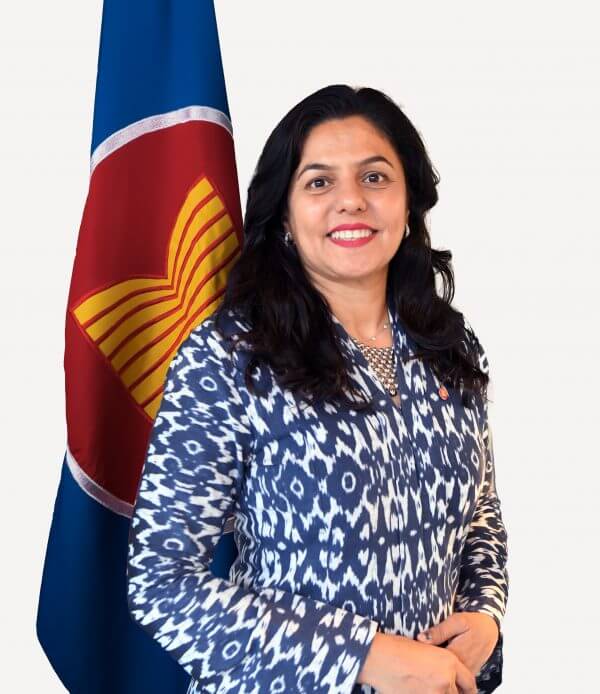
The year 2025 marks another defining moment in ASEAN’s journey as a Community. ASEAN closes a decade since the establishment of the ASEAN Community in 2015. Remarkable progress has been made in realising the ASEAN Community Vision 2025: Forging Ahead Together, including the ASEAN Political-Security Community (APSC) Blueprint, with a 99.6 per cent implementation rate thus far. The year 2025 is also the year when ASEAN unveiled its new vision for the next 20 years—ASEAN 2045: Our Shared Future.
ASEAN is committed to elevating the level of cooperation among the ASEAN Member States and with ASEAN’s external partners to a higher level. From a timeframe of 10 years for the current vision, the new vision’s timeframe is now 20 years. From the Blueprints of the ASEAN Community Vision 2025: Forging Ahead Together, ASEAN has developed Strategic Plans for the ASEAN 2045: Our Shared Future. These are not merely lengthening the period covered or changing the nomenclature; they reflect ASEAN’s determination to go beyond the usual.
Developing the APSC Strategic Plan
Crafting a new vision was such a gargantuan undertaking that ASEAN established the High-level Task Force on ASEAN Community’s Post-2025 Vision (HLTF-ACV), which was composed of Eminent Persons (EPs) and High-Level Representatives (HLRs) nominated by the ASEAN Member States and the incumbent Secretary-General of ASEAN.
Commencing its work in 2022, the HLTF-ACV developed a set of core elements for the new vision and eventually a draft of the ASEAN Community Vision 2045, which was noted by the ASEAN Leaders during the 43rd ASEAN Summit in 2023. With a draft Vision in hand, the crafting of the strategic plans of the three ASEAN Community Pillars and of ASEAN Connectivity commenced in late 2023.
The HLTF-ACV developed the ASEAN Political-Security Community (APSC) Strategic Plan, while the three other plans were developed by the High-Level Task Force on Economic Integration (HLTF-EI), the Ad Hoc Working Group to Develop the ASCC Strategic Plan (AHWG), and the ASEAN Connectivity Coordinating Committee (ACCC). Numerous drafting meetings were convened among the HLRs. Supported by the ASEAN Secretariat, the HLRs went on to craft what would eventually become the APSC Strategic Plan.
After eleven meetings since the HLTF-ACV started discussing the APSC Strategic Plan, the Plan was finalised in March 2025. To the casual observer, the crafting of the APSC Strategic Plan may seem straightforward, but such is not the case. Its development involved serious and deep discussions among the HLRs and among the EPs of the HLTF-ACV in a friendly and candid manner, making it a fulfilling exercise.
The crafting of the Strategic Plan also involved consulting various stakeholders, from ASEAN Sectoral Bodies and Organs, to think tanks and the academe, and from national-level organisations to local government institutions. In one of those consultations, specifically with the ASEAN Mayors Forum, it was emphasised that ASEAN Community-building is carried out not only at the national government level; it is, in fact, more often implemented at the local level, with local government officials, including governors and mayors, playing a key role. With a total of 64 stakeholders having been consulted, the process has been inclusive.
Truly, the APSC Strategic Plan was carefully crafted, with the HLTF-ACV taking into account the various inputs received during consultations. The HLTF-ACV also factored in challenges resulting from rapidly evolving geopolitical dynamics globally and regionally, as well as current and future megatrends. The increasing interconnectedness and multi-dimensionality of issues were also key factors in the discussions. Climate change is one example of this—once considered a purely environmental issue, it is now widely recognised as a critical security concern. With this in mind, several strategic measures in the APSC Strategic Plan are measures that cut across the three ASEAN Community Pillars and ASEAN Connectivity.
The APSC Strategic Plan also calls for a whole-of-community approach to address cross-cutting issues. Whether it is cyber threats, health security, disinformation, or mitigating the effects of climate change, siloed efforts are no longer sufficient. Enhanced coordination and collaboration across sectors and pillars are essential in building the ASEAN Political-Security Community and a cohesive, resilient, and vibrant ASEAN Community of the future.
A snapshot of the APSC Strategic Plan
Composed of nine Strategic Goals and 178 Strategic Measures, the APSC Strategic Plan is meant to ensure that the ASEAN Political-Security Community contributes to the realisation of a resilient, innovative, dynamic, and people-centred ASEAN.
The first Strategic Goal is about ensuring a peaceful, stable and secure region based on the fundamental principles as enshrined in the ASEAN Charter, the United Nations (UN) Charter and international law.
The second focuses on ensuring ASEAN Centrality through ASEAN-led mechanisms, leveraging existing partnerships and forging new and potential partnerships.
There is an increasing interest from external parties to forge closer ties with ASEAN, either through accession to the Treaty of Amity and Cooperation in Southeast Asia (TAC) or as formal partners. Countries from all continents have acceded to the TAC, and the list of ASEAN’s formal partners continues to expand. But beyond the expansion in numbers is ensuring that these relations are substantive and mutually beneficial.
The third is on ensuring that ASEAN is able to project its position on regional and global issues as ASEAN becomes a global ASEAN.
The fourth Strategic Goal is about ensuring that ASEAN remains a primary driving force in shaping the regional architecture and contributes towards a rules-based international order amidst geopolitical tensions and rivalries.
Since its establishment in 1967, ASEAN has remained firm in ensuring that it does not become a pawn in major power rivalries.
The fifth Strategic Goal is about ASEAN being a contributor to the maintenance of international peace and security through upholding the rules-based multilateral system and international law.
The sixth is about ensuring that Southeast Asia remains a zone of peace, freedom and neutrality, and free of nuclear weapons and all other weapons of mass destruction, another key thrust of ASEAN.
The seventh Strategic Goal pertains to the maintenance and promotion of peace, security and stability in the region, as well as the peaceful resolution of disputes, including full respect for legal and diplomatic processes, without resorting to the threat or use of force, in accordance with the universally recognised principles of international law, including the 1982 United Nations Convention on the Law of the Sea (UNCLOS).
The eighth Strategic Goal is about the implementation of the ASEAN Outlook on the Indo-Pacific (AOIP) through concrete projects and activities. The AOIP, which was adopted in 2019, has gained momentum as a reference framework for ASEAN’s cooperation with its external partners. It embodies ASEAN’s principles of inclusiveness, openness, transparency, and respect for international law.
This principle of inclusiveness is further reinforced in strategic goal nine: an inclusive and cohesive Community that respects political, social, religious, cultural, ethnic diversities, which upholds the principles of democracy, rule of law and good governance, and respects fundamental freedoms, promotes and protects human rights, and promotes social justice.
Indeed, the ninth Strategic Goal is about reinforcing ASEAN’s commitment to the principles of democracy, the rule of law, good governance, fundamental freedoms, human rights, and social justice. It is also about empowering women and youth.
The APSC Strategic Plan also has an entire section dedicated to strengthening ASEAN’s institutional capacity and effectiveness, mindful that the effective implementation of the APSC Strategic Plan and realisation of the ASEAN Community Vision 2045 will be underpinned by the enhanced capacity of ASEAN.
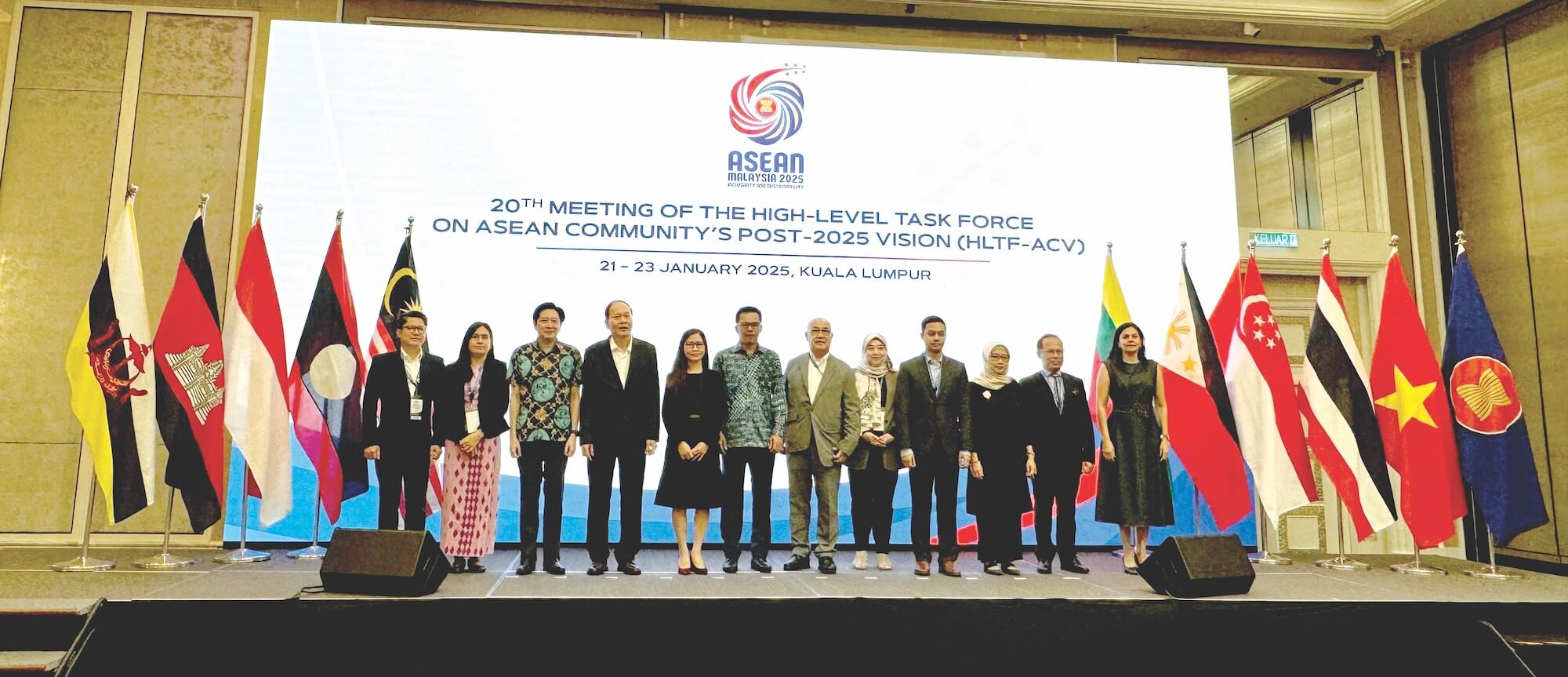
Looking ahead: Implementing the APSC Strategic Plan
A truly resilient, innovative, dynamic, and people-centred ASEAN can only be achieved through the full and meaningful participation of all sectors of society. Inclusivity is not just a value that ASEAN upholds—it is essential for lasting peace, trust, and meaningful regional cooperation.
Having witnessed ASEAN’s Community-building journey as the Deputy Secretary- General of ASEAN for ASEAN Political- Security Community, I have seen ASEAN’s resilience and unity in action. The APSC Strategic Plan stands as a powerful testament to our collective resolve to shape our own future in a world that is increasingly becoming fragmented and uncertain. ASEAN is indeed a beacon of hope.
Effective implementation of the APSC Strategic Plan is imperative. It is not a mere document; it is a guidepost, but one that is not cast in stone. The HLTF-ACV had the wisdom to ensure that there are provisions for a regular review, with the possibility of updates along the way. This is to ensure that the APSC Strategic Plan remains adaptive and responsive to the changing regional and global dynamics. After all, it represents a shared commitment—among governments, institutions, civil society, and our people—to build a peaceful, secure, and inclusive Southeast Asia.
The road ahead will not be without challenges. We are navigating an era defined by shifting power dynamics, increasing geopolitical tensions and geoeconomic competition, rapid technological change, and rising socio-cultural challenges. ASEAN will not merely respond to these developments. While global and regional developments would surely impact on the region, ASEAN will continue to exercise its agency to shape the environment that it is in, today and into the foreseeable future.




